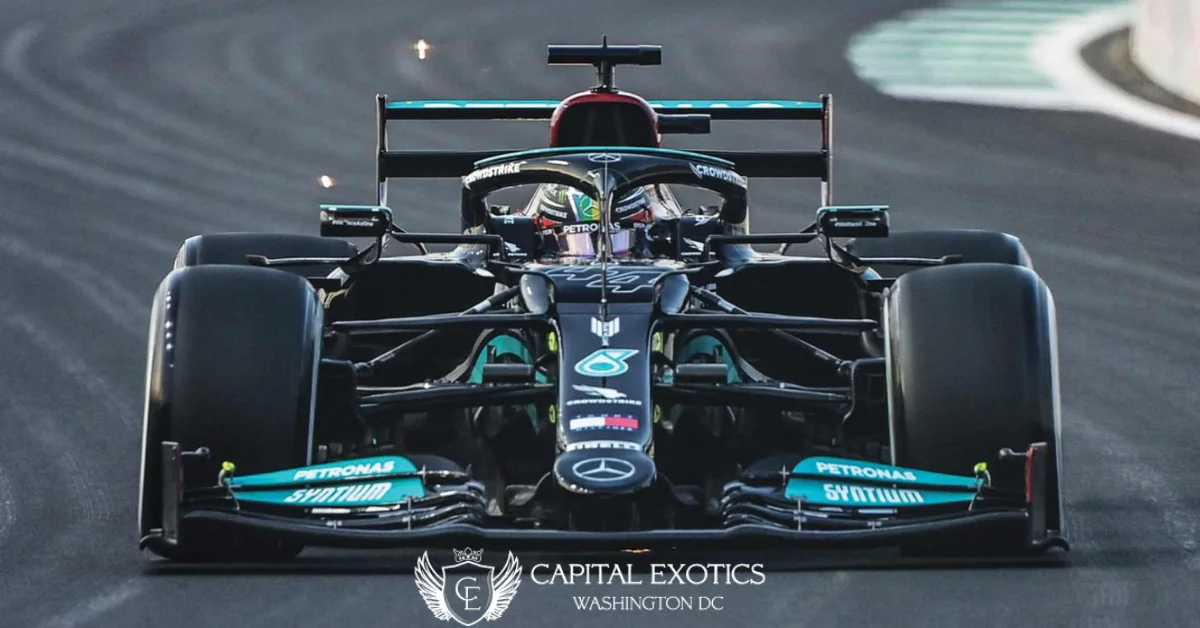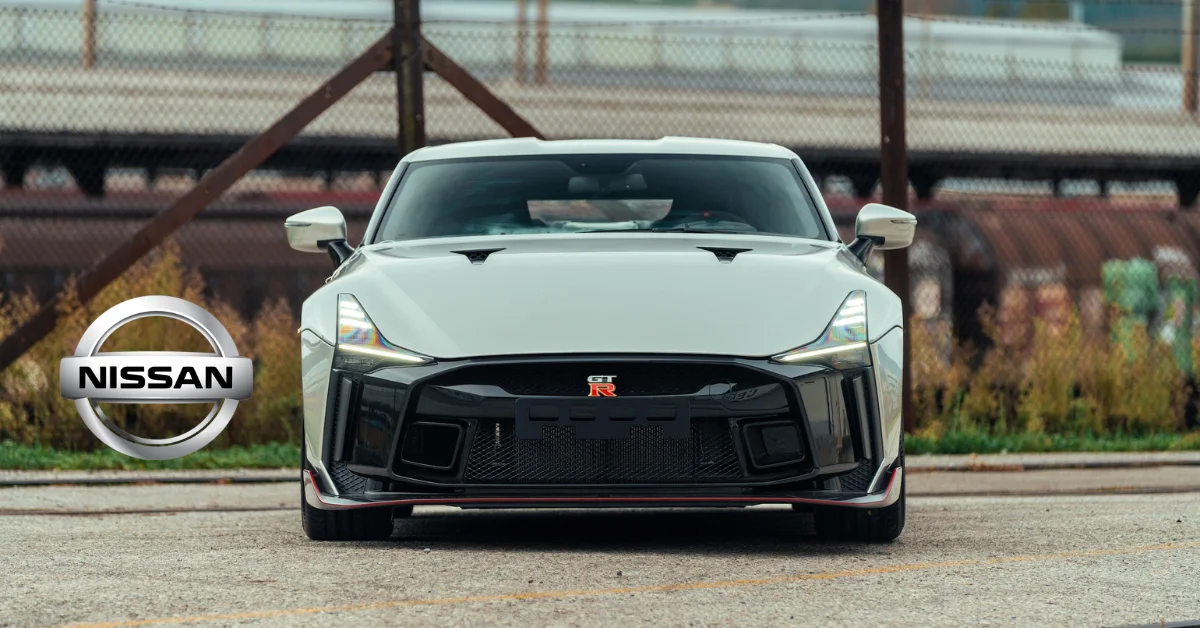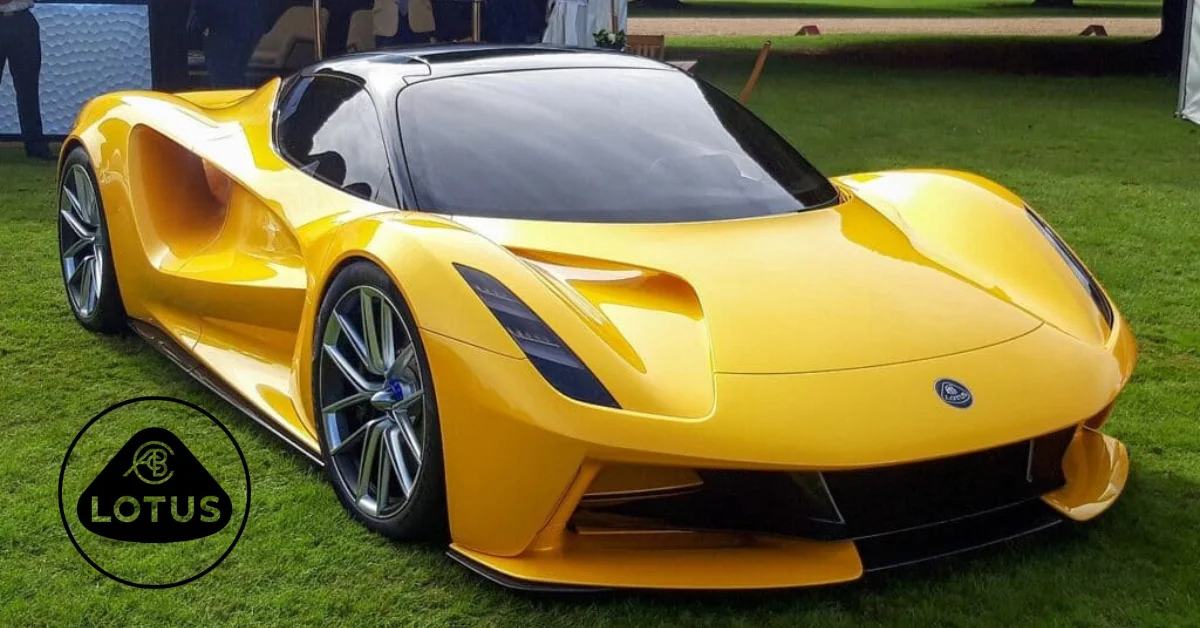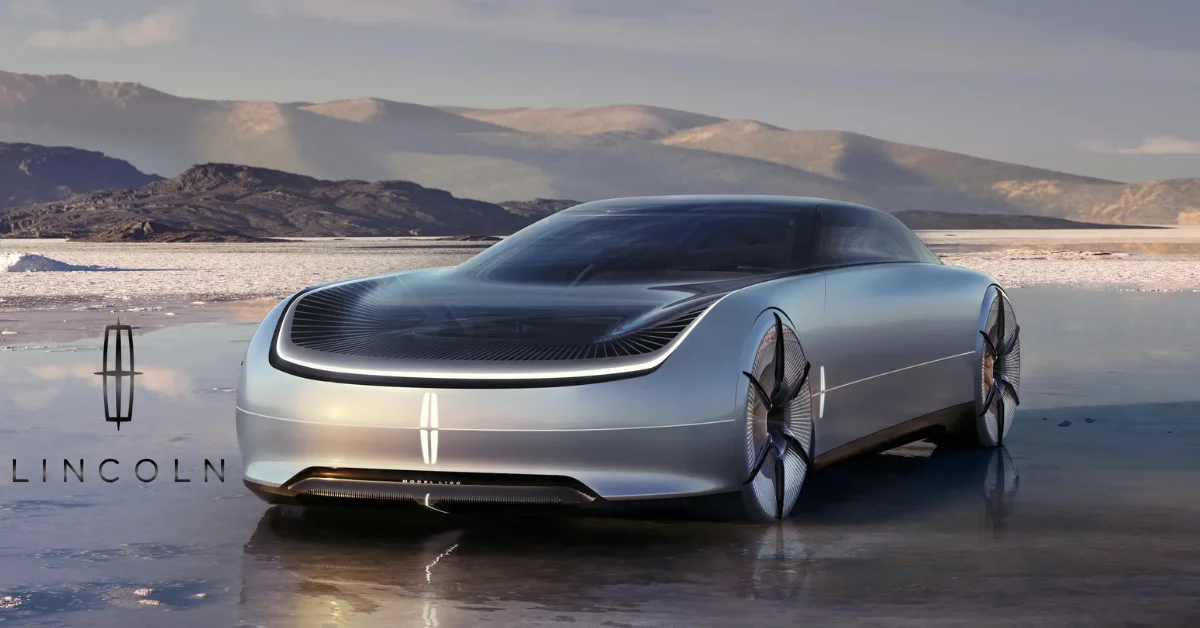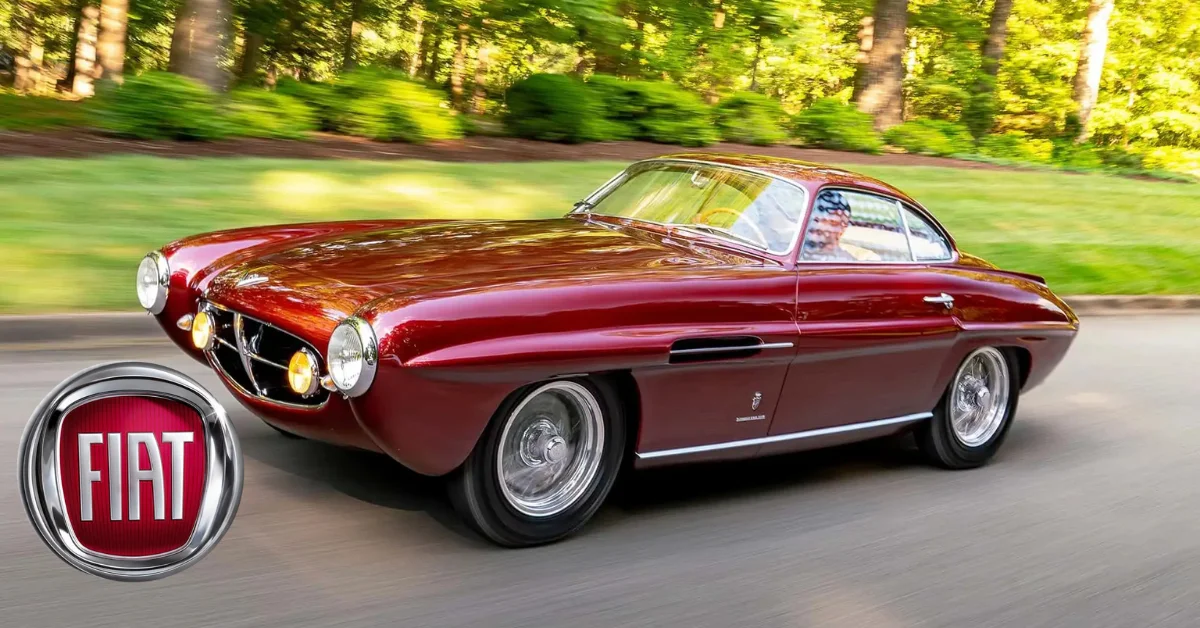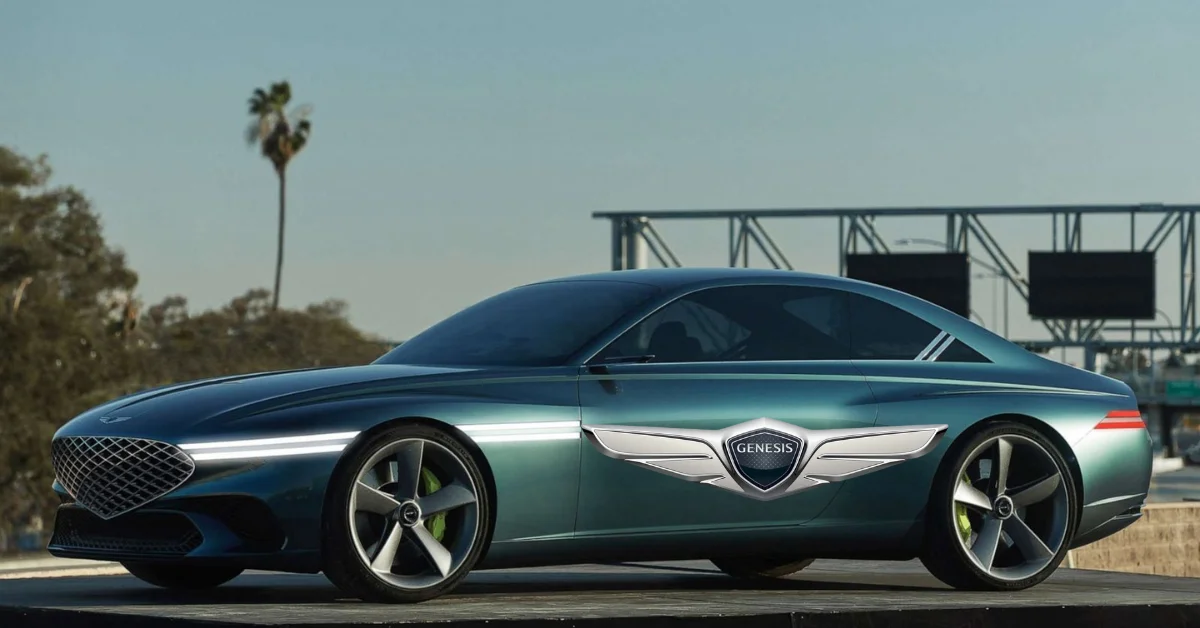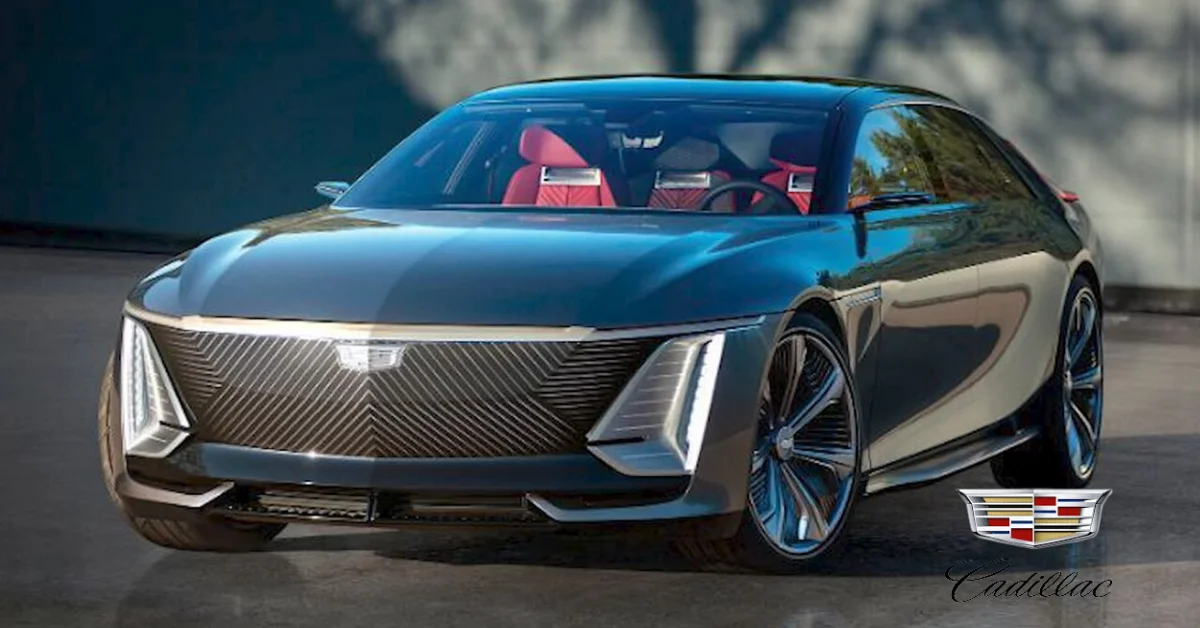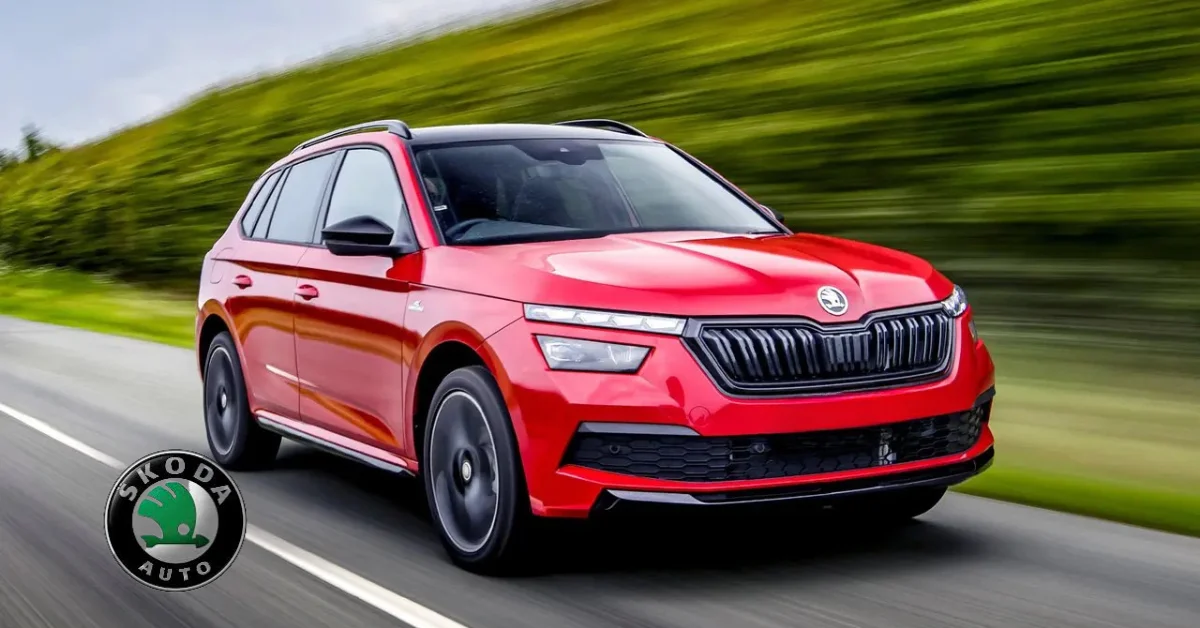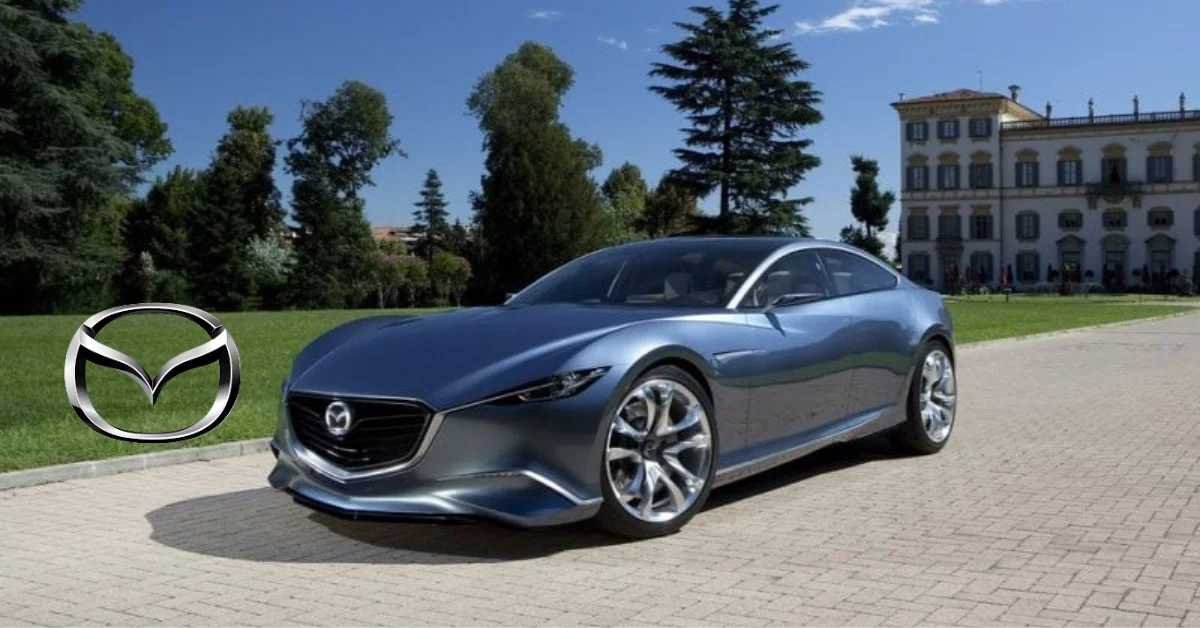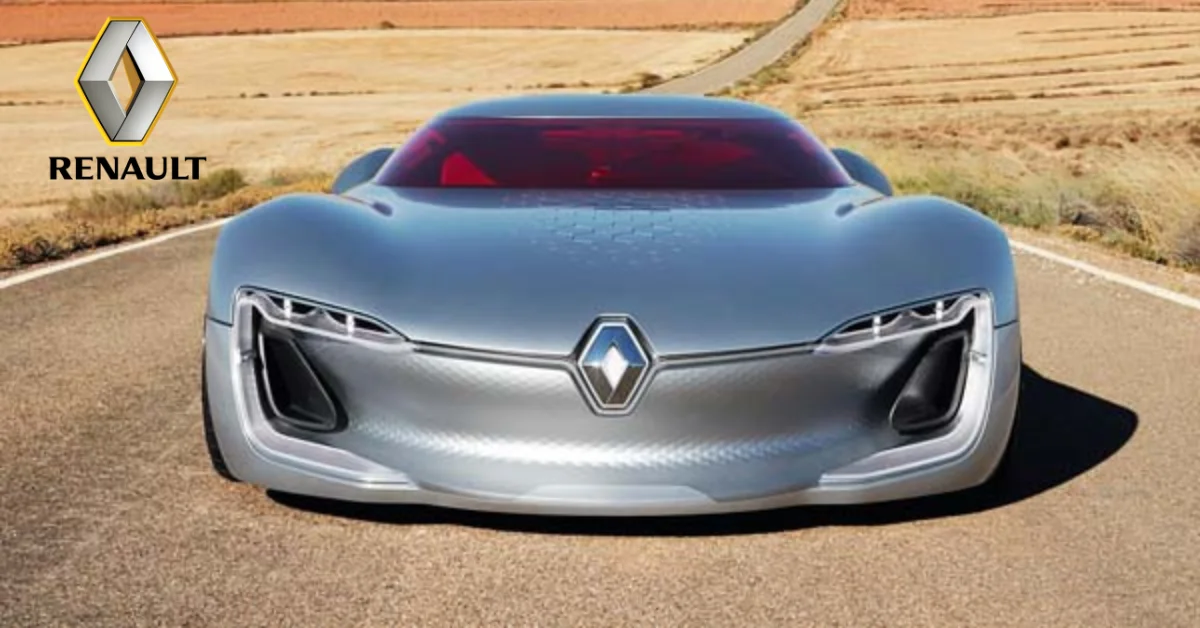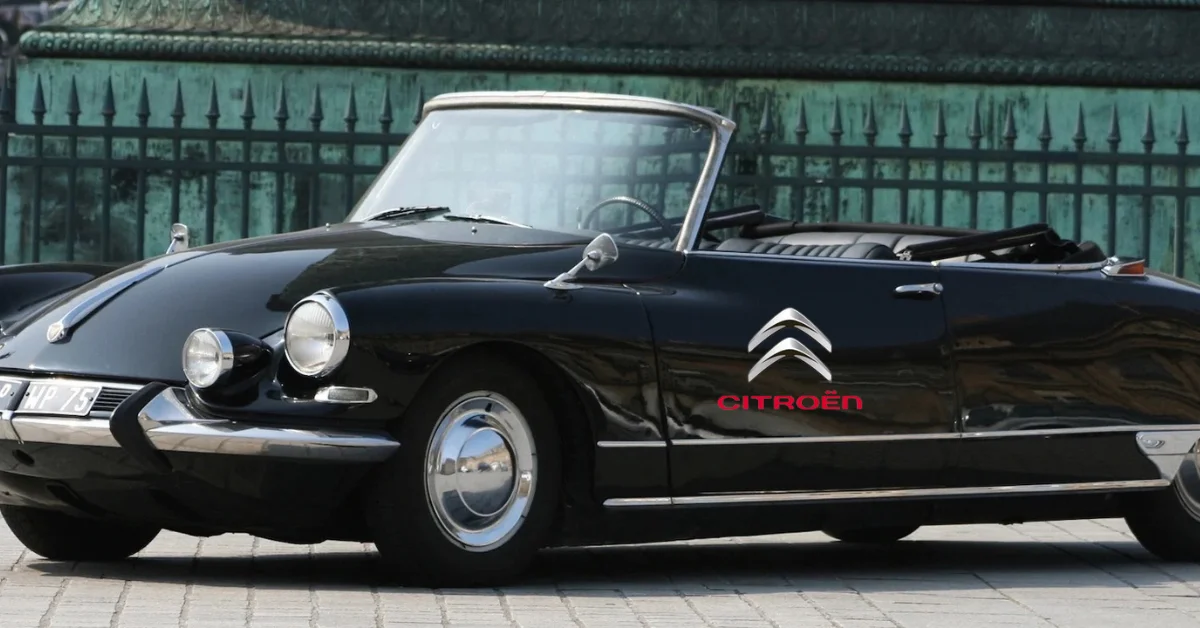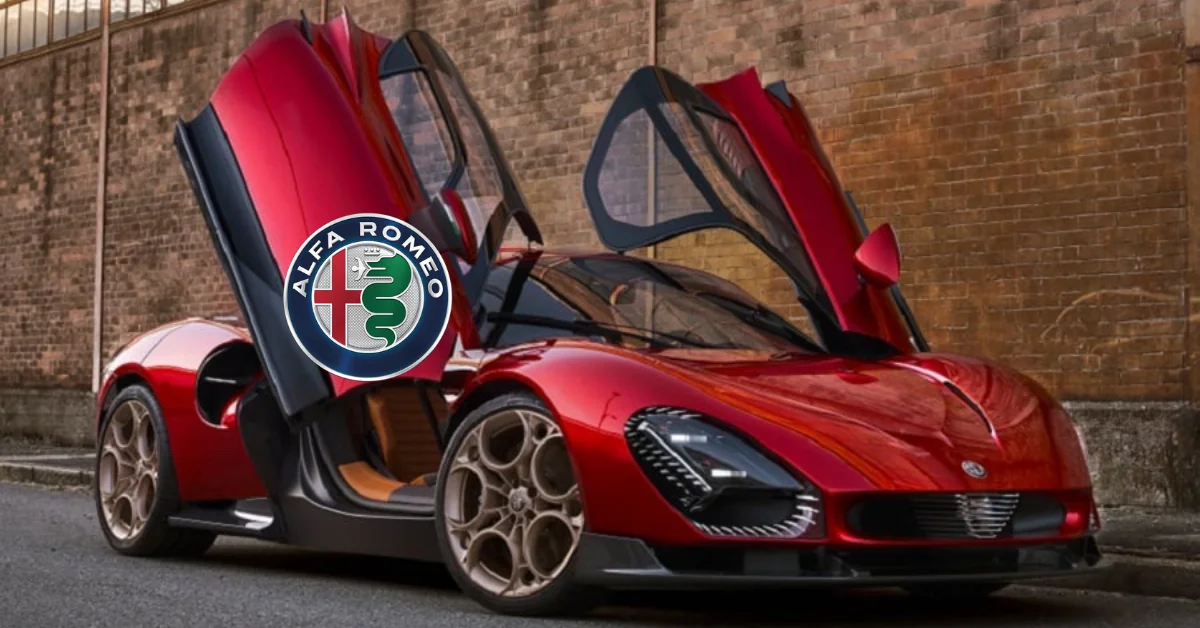As a racer, you must know that aerodynamics is essential in motorsports, where every millisecond can determine the difference between victory and defeat. The impact of aerodynamics on racing is profound, affecting everything from top speed to fuel efficiency, handling, and overall performance. We’ll explore the key aspects of aerodynamics, how they influence racing performance, and why they are essential in the design and operation of race cars.
1. What Is Aerodynamics In Racing?
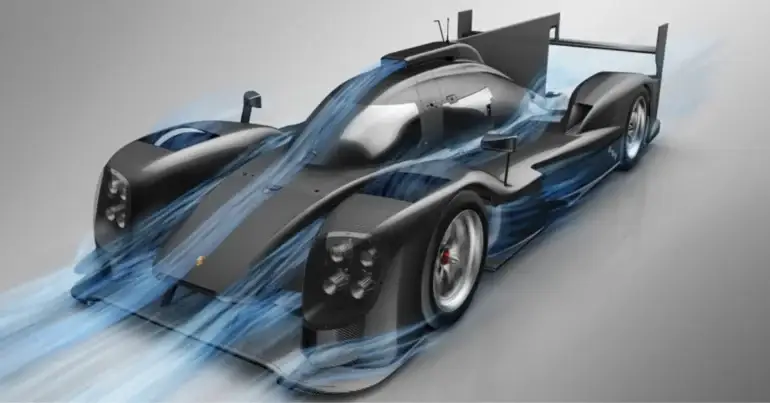
Aerodynamics in racing involves optimizing airflow around a vehicle to reduce drag and increase downforce. It enhances the car’s speed, stability, and handling on the track, allowing it to corner more effectively and achieve higher top speeds. Effective aerodynamic design maximizes a car’s performance in competitive racing.
Pro Tip: Capital Exotic offers various supercars, luxury cars, and sports cars for racing purposes, and you can even rent these cars. Capital Exotic hosting a racing event that’s called Capex Racing Event.
2. Drag & Its Influence On Speed
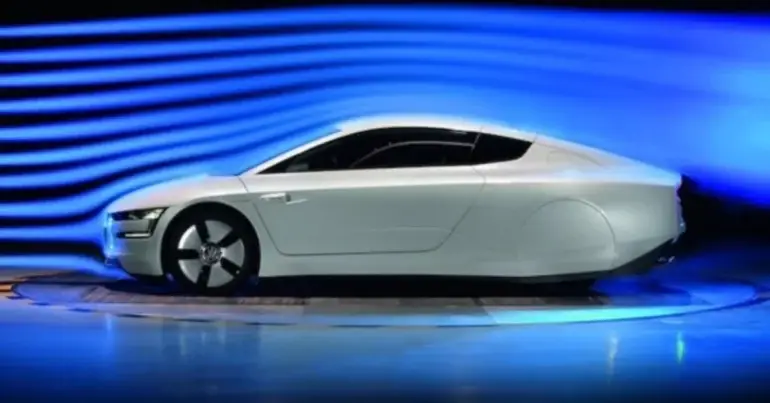
Drag is the force opposing a vehicle’s motion through the air. It is the primary factor limiting a car’s top speed. The design of a race car aims to reduce drag as much as possible to allow the car to move faster with less resistance. By streamlining the car’s body, engineers can minimize the impact of aerodynamics on racing in terms of drag, enabling the car to achieve higher speeds with the same power output.
3. Downforce The Key To Cornering
Downforce is the vertical force exerted on the car by the air flowing over it. Unlike drag, which slows the car down, downforce pushes the car toward the track, increasing tire grip and improving stability. The balance between drag and downforce is a constant challenge for engineers.
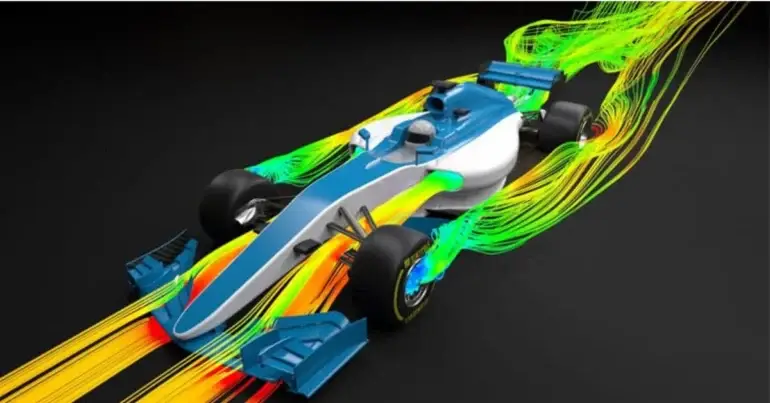
While increasing downforce improves cornering performance, it often comes at the cost of higher drag. Therefore, teams must carefully tune their cars’ aerodynamics to find the optimal balance for each specific track.
4. Key Aerodynamic Components In Race Cars
Several aerodynamic components are designed to manage airflow and maximize the impact of aerodynamics on racing performance. These include the front wing, rear wing, diffuser, and other bodywork elements.
4.1 Front Wing
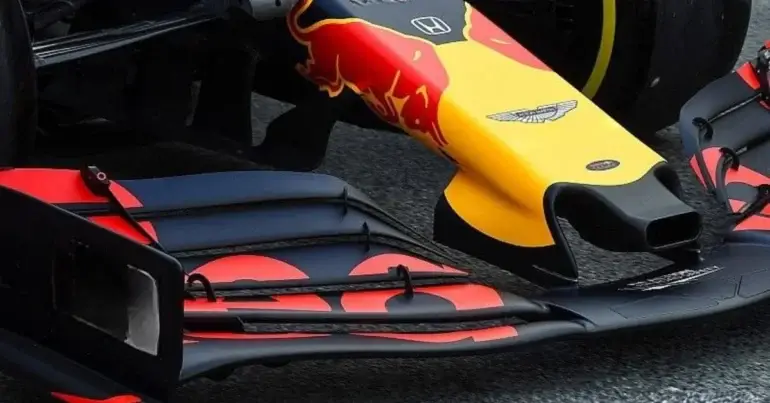
The front wing is the first part of the car to encounter oncoming air. It is essential for directing airflow around the vehicle and generating downforce at the front. Depending on the impact of aerodynamics on racing at different tracks, you can adjust the angle and shape of the front wing to optimize the balance between downforce and drag.
4.2 Rear Wing
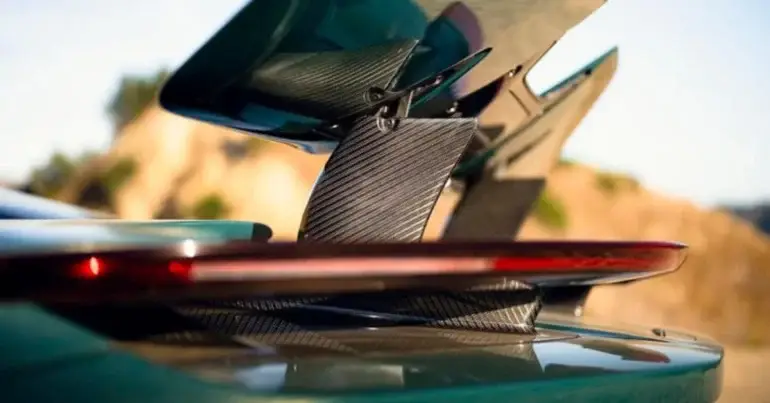
The rear wing works with the front wing to maintain stability and traction, particularly at high speeds. It generates downforce at the car’s rear, helping keep the tires firmly planted on the track. Adjustments to the rear wing are often made based on the impact of aerodynamics on racing performance during different race conditions.
4.3 Diffuser
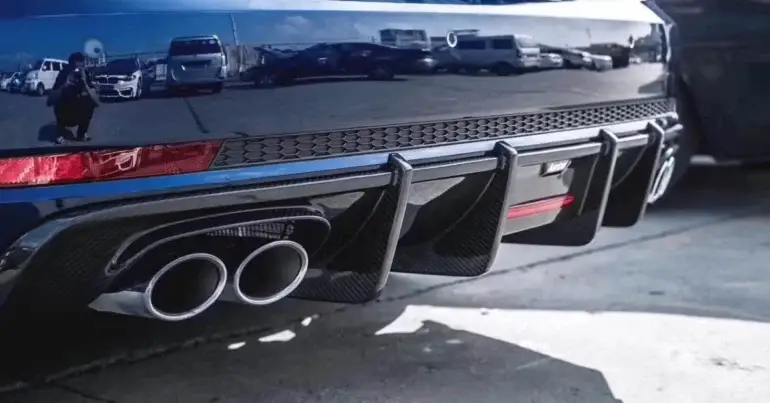
The diffuser is located at the rear underside of the car and plays a significant role in managing airflow under the vehicle. The diffuser creates a low-pressure area that increases downforce by accelerating the air exiting from beneath the car. The impact of aerodynamics on racing through the diffuser is critical for ensuring that the car remains stable, especially when cornering at high speeds.
3.4 Sidepods and Bargeboards
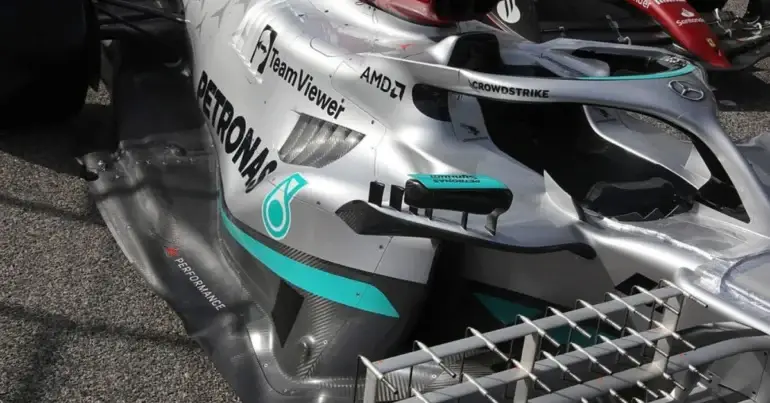
Designers create side-pods and bargeboards to guide airflow around the car’s sides, reducing turbulence and ensuring smooth airflow toward the rear. These components are essential for managing the aerodynamics of racing, as they help maintain the overall efficiency of the aerodynamic package.
5. The Role Of Computational Fluid Dynamics (CFD)
In modern racing, the impact of aerodynamics on racing performance is enhanced through the use of Computational Fluid Dynamics (CFD). CFD allows engineers to simulate airflow around the car in a virtual environment, enabling them to test different aerodynamic designs without needing physical wind tunnel testing. CFD has revolutionized the development process, allowing teams to explore various aerodynamic solutions quickly and cost-effectively.
Related Article: How To Install A Driver Cooling System In Your Car For Race
6. The Evolution Of Aerodynamic Design In Racing
Aerodynamic design in racing has evolved significantly over the years. In the early days of motorsport, designers focused primarily on speed and power, paying little attention to aerodynamics. Today, aerodynamic design is one of the most vital aspects of race car engineering.
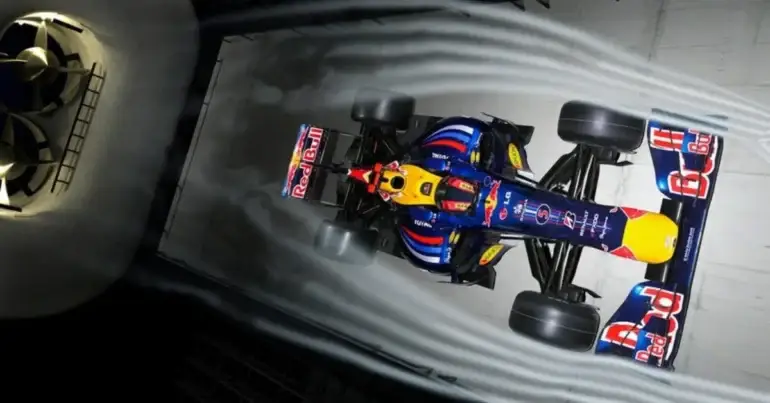
Every component, from the front wing to the rear diffuser, is meticulously designed and tested to maximize performance. This focus on aerodynamics has led to some of the most innovative and efficient car designs in motorsport history.
7. The Balance Between Drag And Downforce
Finding the right balance between drag and downforce is essential in racing. While downforce is vital for maintaining grip and stability, it often comes at the cost of increased drag. Teams must carefully consider the characteristics of each track to determine the optimal aerodynamic setup.
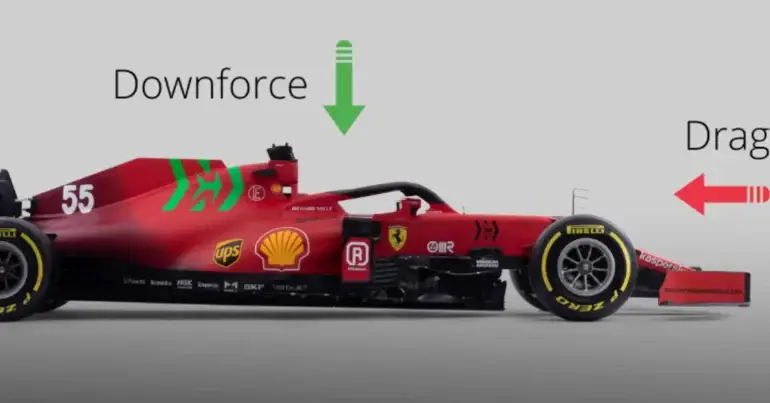
For instance, teams may opt for a low-drag setup with minimal downforce on high-speed circuits like Monza, where straight-line speed is paramount. Conversely, teams may prefer a high-downforce setup on twisty circuits like Monaco, where cornering speed is critical, even if it increases drag.
8. The Future Of Aerodynamics In Racing
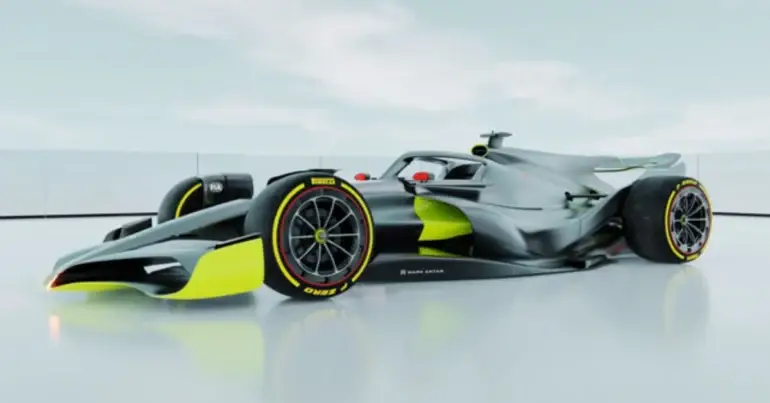
As motorsports evolve, with advancements in materials, manufacturing techniques, and simulation technologies, the future of racing will likely see even more sophisticated aerodynamic designs. Additionally, engineers may need to balance performance with environmental considerations as sustainability becomes increasingly important. It could lead to the development of more aerodynamically efficient race cars that perform well on the track and have a reduced environmental footprint.
Final Words
The impact of aerodynamics on racing is a testament to the importance of engineering in motorsports. Aerodynamics influences every aspect of a race car’s design, from the sleek lines of the bodywork to the precise angles of the wings. As engineers push the boundaries of what is possible, mastering aerodynamics will remain a central focus in the quest for victory on the track.
FAQs
1. What role does aerodynamics play in racing?
Aerodynamics is crucial for optimizing a car’s speed, stability, and handling. It manages how air flows around the vehicle, affecting drag and downforce.
2. How does drag force impact a racing car?
Drag force creates air resistance that slows the car down, reducing its top speed and overall efficiency on the track.
3. What is downforce, and why is it important?
Downforce is the aerodynamic force that pushes the car down. It enhances tire grip and improves cornering speeds, vital for maintaining control, especially in high-speed turns.
4. How do teams adjust aerodynamics for different tracks?
Teams adjust the car’s aerodynamic components, like wings and bodywork, to balance drag and downforce according to the specific demands of each track, ensuring optimal performance.
5. What are the vital aerodynamic components of a racing car?
The key components include the front and rear wings, side pods, bargeboards, diffusers, and underbody, all of which shape how air flows around the car to manage drag and downforce.

